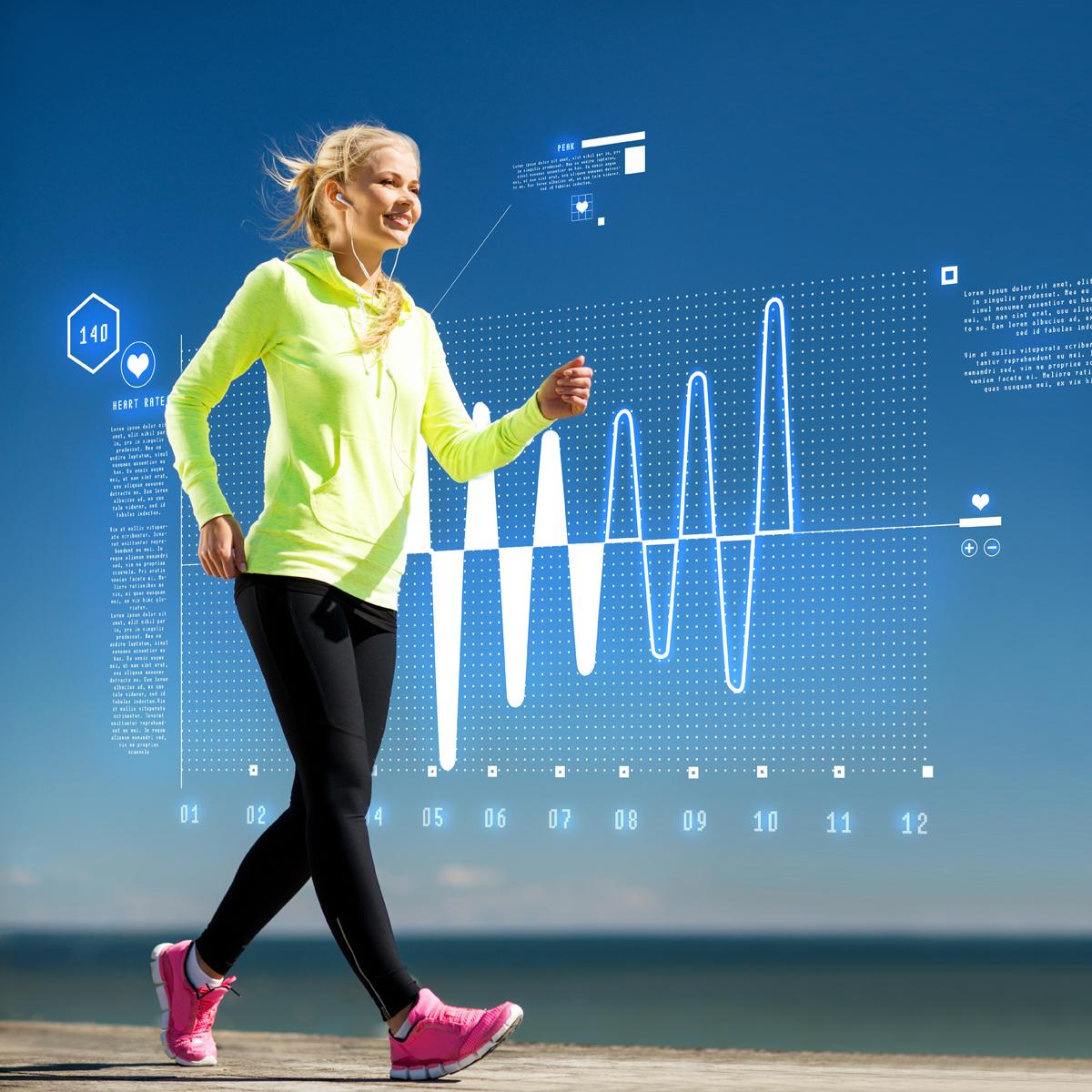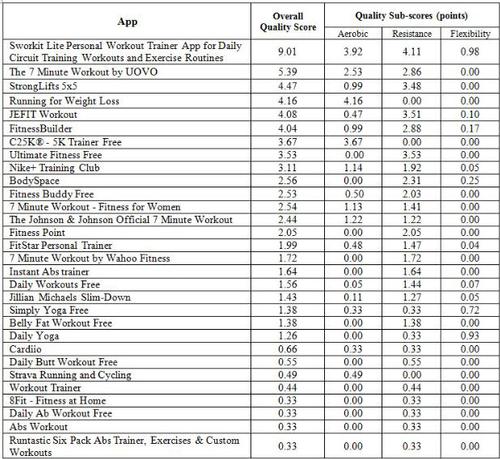PRODUCT NEWS
 |
| Bulk of free fitness apps fail to meet exercise guidelines, says study |
 |
| 12 Aug 2015 . BY Jak Phillips |
 |
|
|
 |

|
 |
| The findings come as calls have increased for fitness workers to improve their knowledge of the app market / Shutterstock.com |
 |
It’s often said that you get what you pay for, and it seems that fitness apps which cost nothing provide little more than that, according to a new study.
Researchers from the University of Florida have concluded that the majority of free fitness apps are falling well short in meeting users’ needs. Their study – published in the Journal of Medical Internet Research – found that only one of 30 popular free fitness apps for iPhones meets the majority of guidelines for physical activity from the American College of Sports Medicine (ACSM).
The apps were compared to the ACSM guidelines for aerobic exercise, strength or resistance, and flexibility. Each app was scored across those three categories, examining to what extent they adhered to the specific ACSM parameters for safety, warm-ups, cool-downs, stretching, intensity, frequency and progression.
Perhaps unsurprisingly, given the initial focus the fitness app market has had on heart-rate tracking, more than half the apps met some of the recommendations for aerobic exercise. However, two-thirds of the apps did not meet any of the flexibility criteria.
“While apps have great potential to give more people access to workouts that could help them achieve a healthy weight and fitness level, we found that the vast majority of apps are not as safe as they could be and do not give users the type of well-rounded workouts known to be most effective,” said lead author of the study François Modave.
As well as not meeting the specific criterion for each category, 23 out of the 30 apps did not provide an actual training plan, explain how to choose a workout or explain how to organise the workouts through the week. Experts said these shortcomings make it difficult, especially for beginners, to follow a safe and physiologically sound exercise regimen.
“The issues with these apps place users at risk for injury because the apps fail to prepare them to take on the exercises, use proper techniques and address safety issues surrounding different types of exercise,” added Modave.
“Our hope is that this study, which is the first to explore what extent fitness apps are adhering to the ACSM Guidelines, starts a conversation about how to harness apps to give people high-quality, safe and effective workouts.”
While the study raises some interesting points, it should be highlighted that many of the apps tested (see table below), such as Strava and Daily Yoga, are specifically tailored to one type of training, so evaluating them across a broad range of categories will not necessarily reflect their usefulness to specific users.
The findings come as calls have increased for fitness workers to improve their knowledge of the app market as they begin to play a more prominent role in consumers’ lives.
According to Graeme Hinde, managing director of LFX, it’s imperative that fitness professionals keep abreast of consumer trends to ensure that the gym remains a relevant and engaging environment for physical activity. Speaking at SIBEC 2015, he said instructors should be able to recommend pieces of wearable tech and apps to match their training goals in the same way they would suggest exercises and nutrition plans.
The University of Florida study's table of results



|
 |
|
|
|
 |
 |
 |
|
| PRODUCT NEWS |
 |
|
 |
|
|
 |
Mindbody

Mindbody is the leading business management software for the fitness and wellness industries. [more...] |

|
 |

|
Alliance Leisure

Alliance Leisure Services was specifically
established to respond to the changing
development need [more...] |

|
 |

|
|
|
 |

 |
 |
| DIARY |
|
|